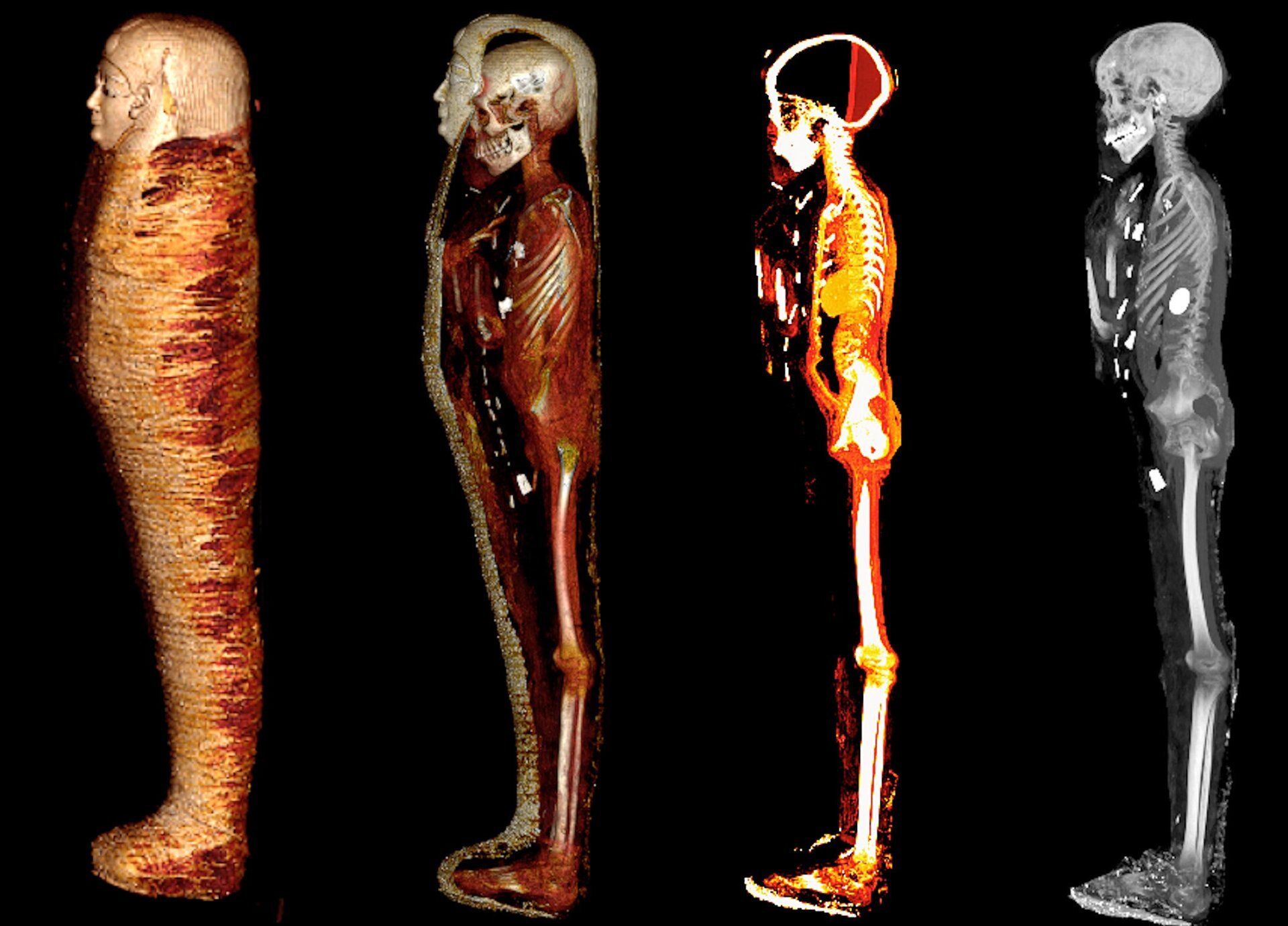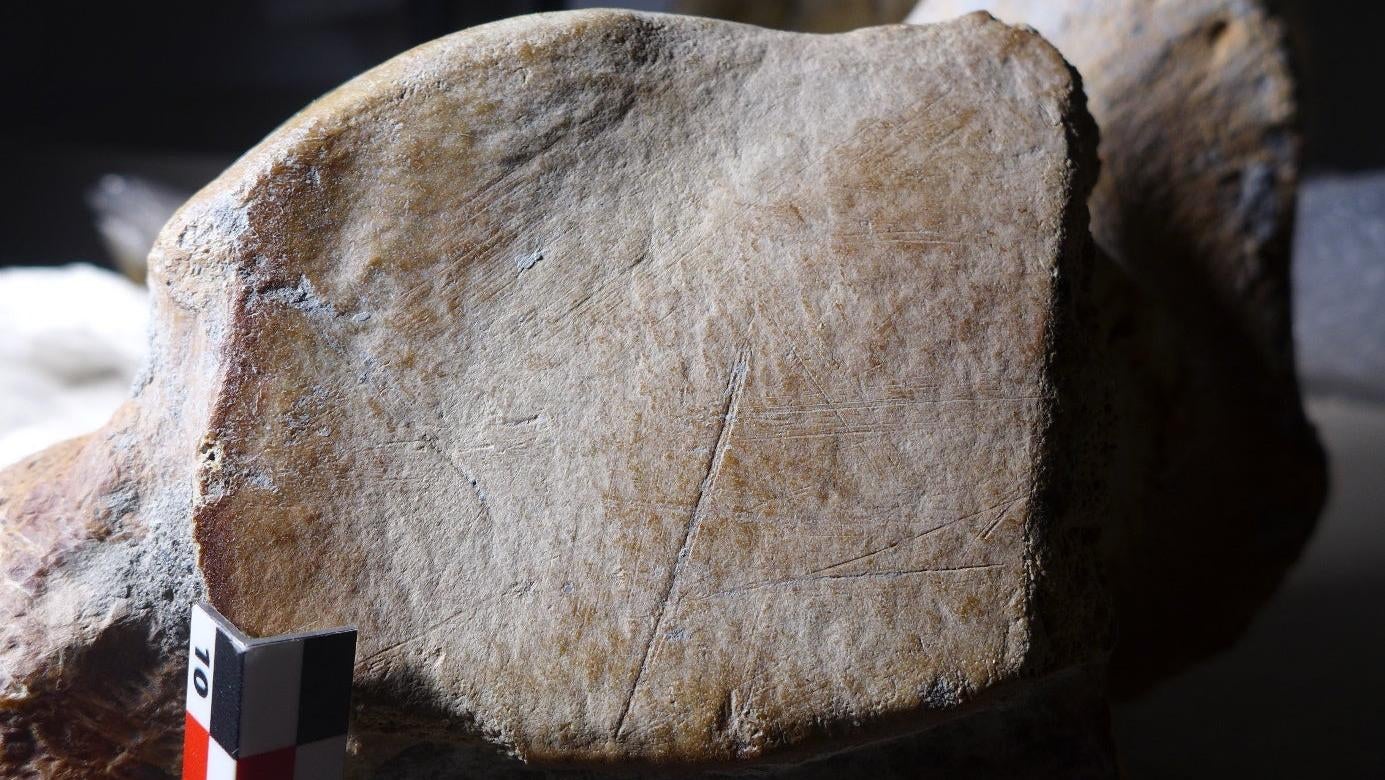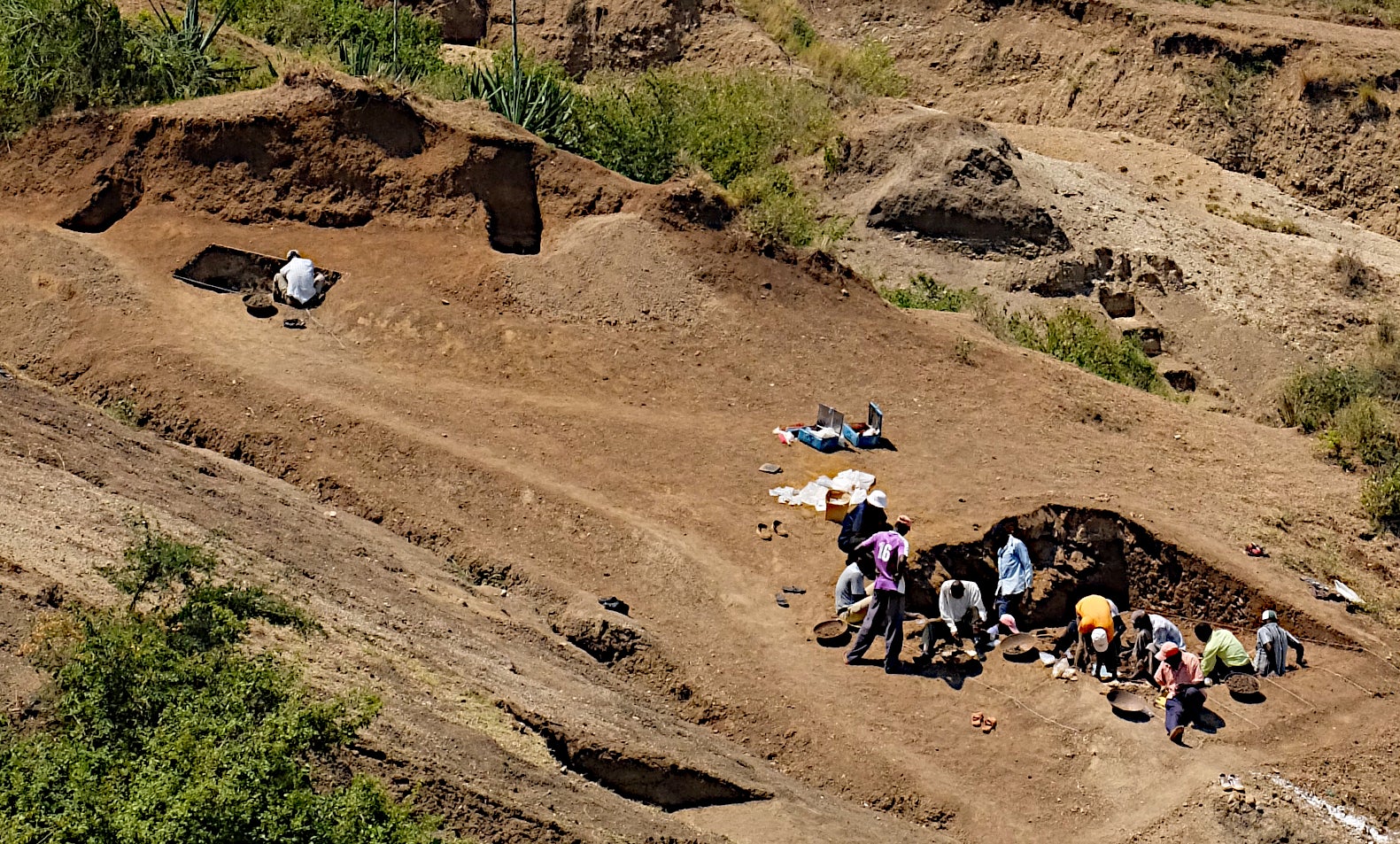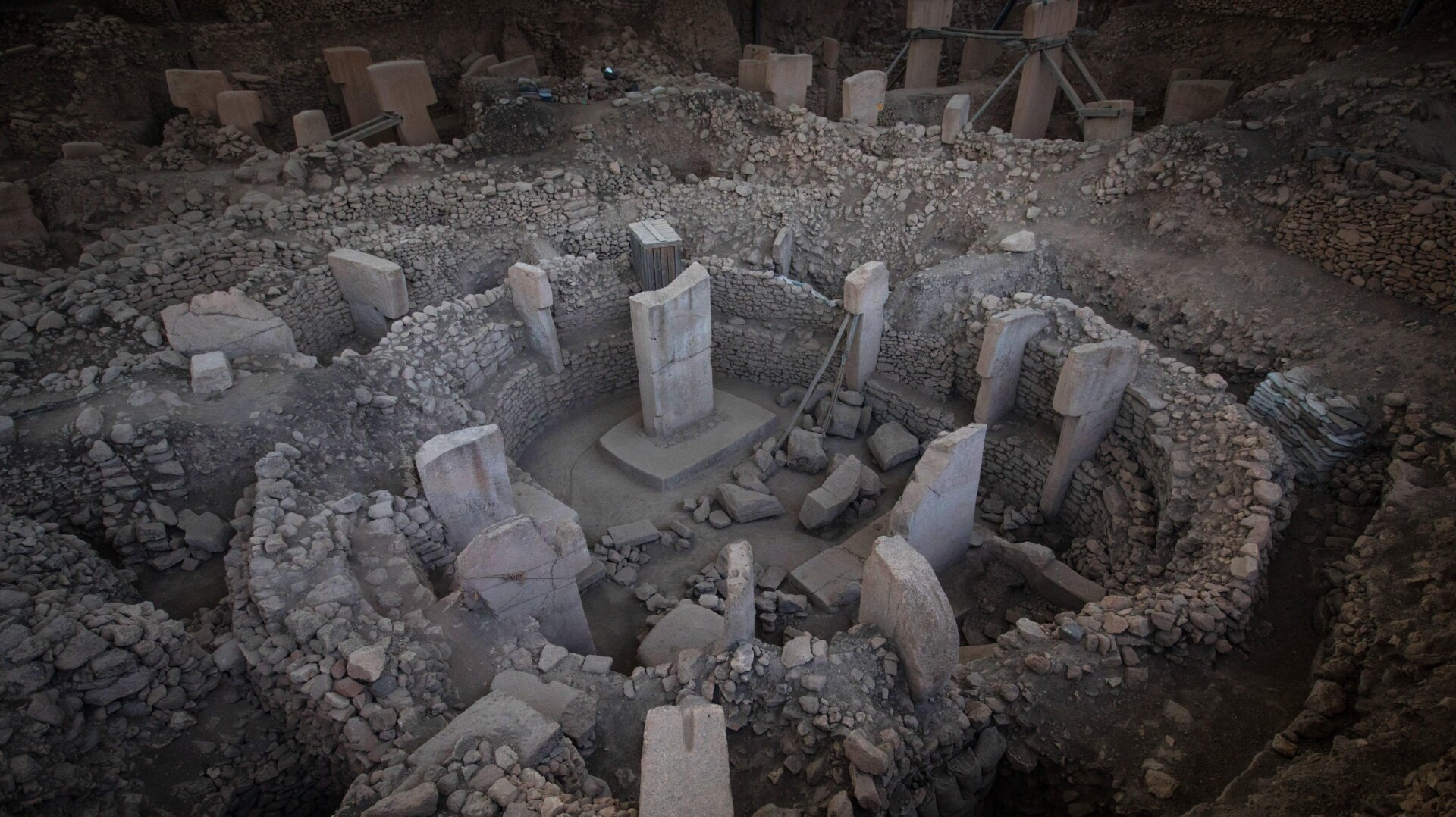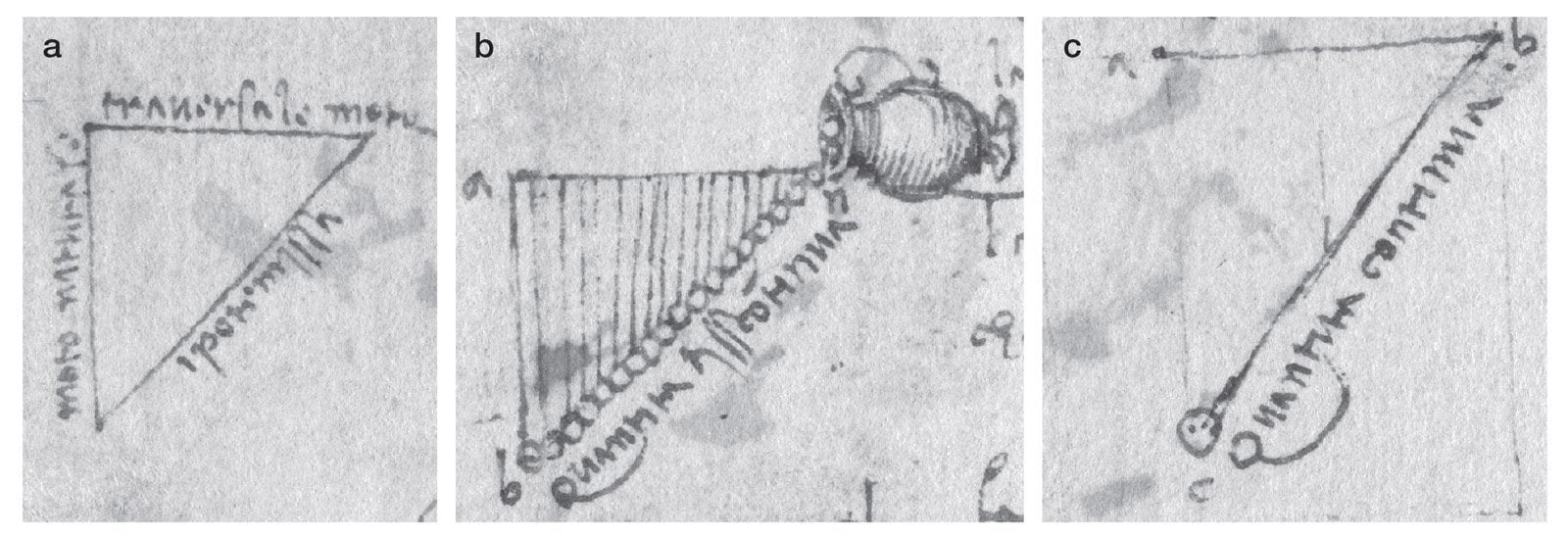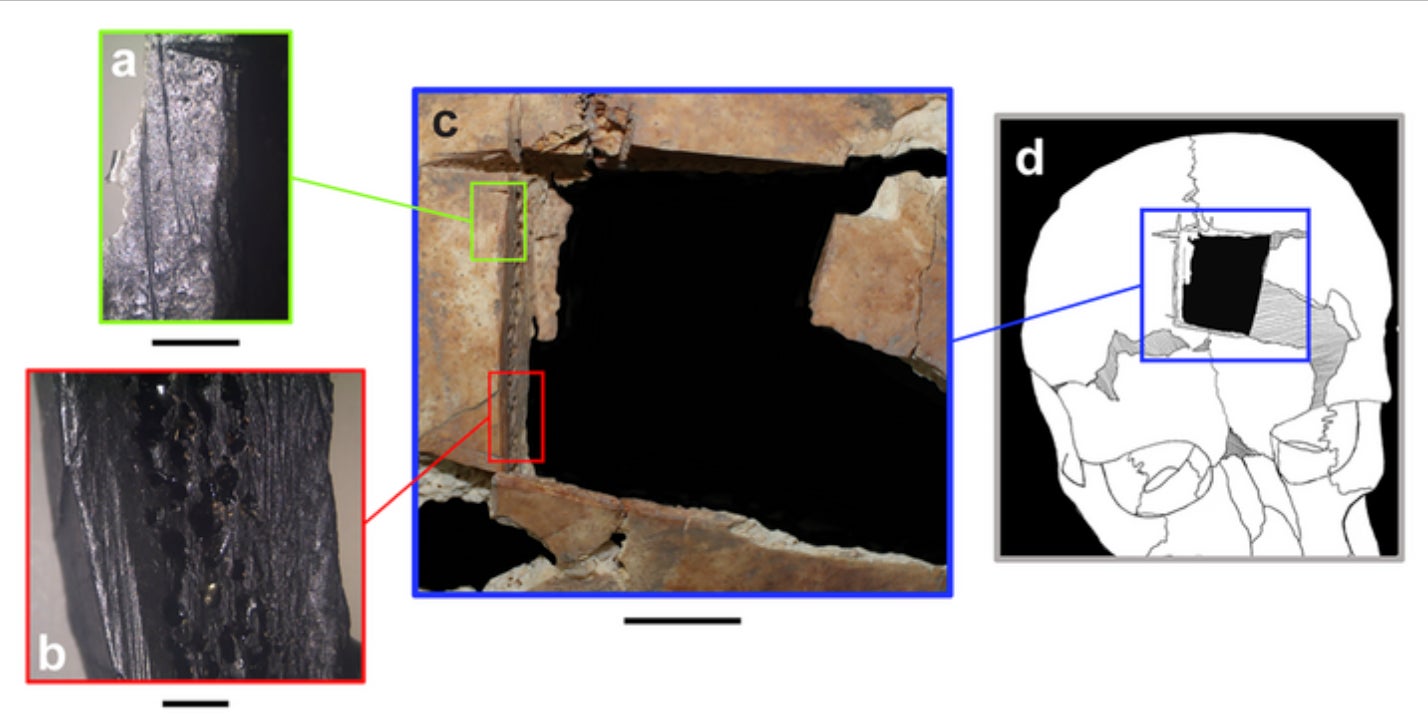A 2,300-year-old mummy, discovered over a century ago in Nag el-Hassay, Egypt, has recently revealed its secrets thanks to non-invasive CT scanning technology. Researchers peered beneath the mummy’s wrappings, uncovering a trove of 49 amulets adorning and placed within the teenage boy’s body. This discovery offers a unique glimpse into ancient Egyptian burial practices and beliefs surrounding the afterlife.
The mummy, found in a Ptolemaic cemetery approximately 500 miles south of Cairo, belonged to a teenage boy of high socioeconomic status, much like the famed pharaoh Tutankhamun. Researchers estimate the boy was around 14 or 15 years old at the time of his death and stood approximately 4 feet, 2 inches tall. The opulence of his burial, including a gilded face mask, earned him the moniker “Golden boy mummy,” and speaks volumes about his family’s wealth and position in society.
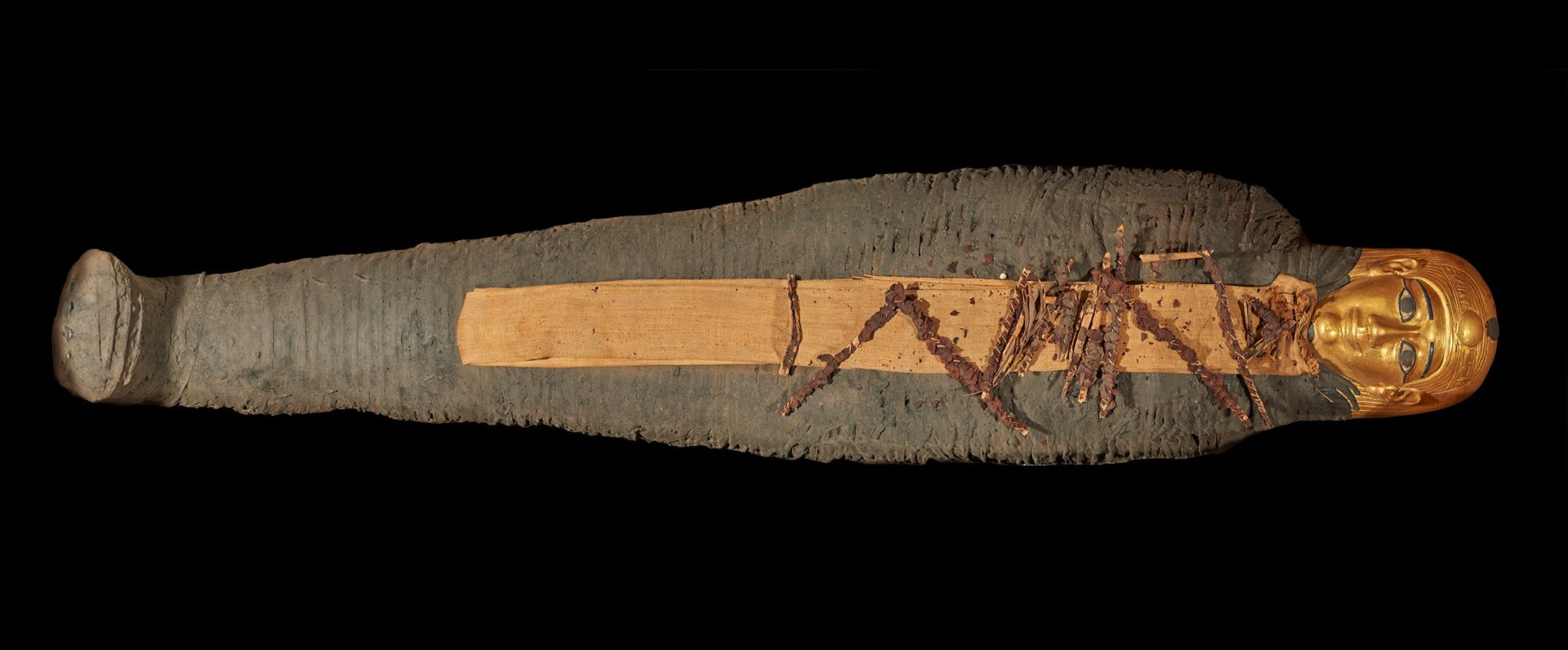 The mummy found inside the sarcophagus.The gilded mummy within its sarcophagus. Image: SN Saleem, SA Seddik, M el-Halwagy
The mummy found inside the sarcophagus.The gilded mummy within its sarcophagus. Image: SN Saleem, SA Seddik, M el-Halwagy
A Wealth of Amulets: Protection and Vitality in the Afterlife
Beneath the linen wrappings, researchers discovered an impressive collection of 49 amulets, 30 of which were crafted from gold. These amulets, representing 21 different shapes, were strategically placed on and within the body. A gold tongue amulet was found inside the boy’s mouth, likely intended to enable him to speak in the afterlife. Near the boy’s penis, a two-finger amulet was discovered, possibly placed to cover an embalming incision.
CT Scanning: A Non-Invasive Window into the Past
“This mummy’s body was extensively decorated with 49 amulets, beautifully stylized in a unique arrangement of three columns between the folds of the wrappings and inside the mummy’s body cavity,” explained Sahar Saleem, lead author of the study and a researcher at Cairo University. “Their purpose was to protect the body and give it vitality in the afterlife.” This meticulous placement and variety of amulets highlight the importance of ritual and belief in the ancient Egyptian preparation for the afterlife.
Close-up images of some of the amulets.Detailed view of several amulets found within the mummy wrappings. Image: SN Saleem, SA Seddik, M el-Halwagy
Unanswered Questions and the Power of Technology
While the CT scans provided a wealth of information about the mummy and its adornments, some questions remain unanswered. According to Saleem, the cause of death remains undetermined. The boy appeared to be in good health based on the available evidence, although internal organs, removed during mummification, could have held clues to any underlying conditions.
The use of CT scanning allows researchers to delve deeper into the lives and deaths of ancient individuals without disturbing or damaging the delicate remains. This non-invasive technology offers an unprecedented level of detail and insight, revolutionizing the study of mummies and ancient civilizations.
A Glimpse into Ancient Egypt
The study of this “Golden boy mummy” provides a valuable window into the beliefs and practices of ancient Egyptians. The elaborate burial rituals, the careful placement of amulets, and the focus on ensuring a smooth transition to the afterlife all contribute to our understanding of this fascinating civilization. The continued application of advanced technologies like CT scanning promises even more remarkable discoveries in the future.



